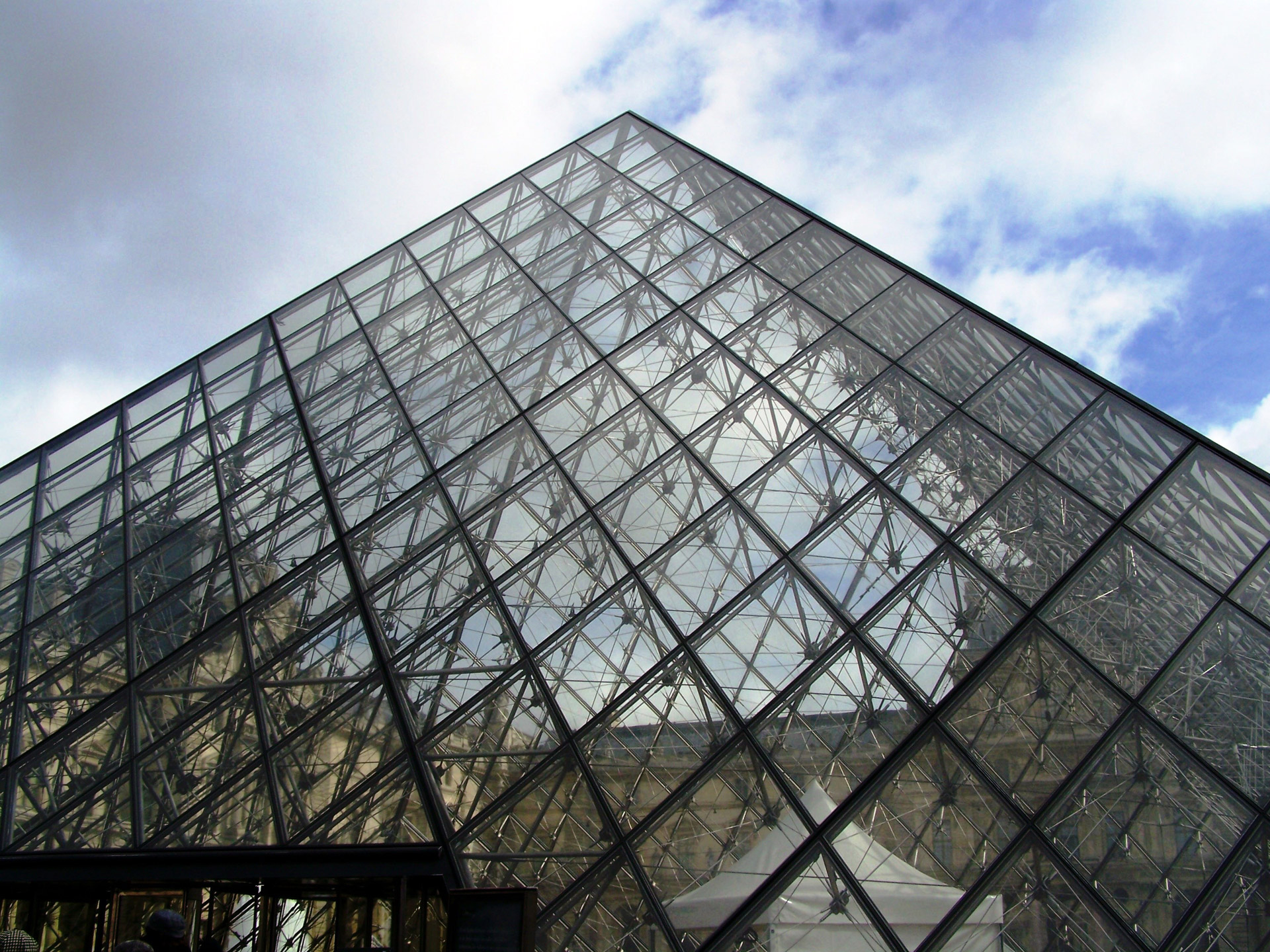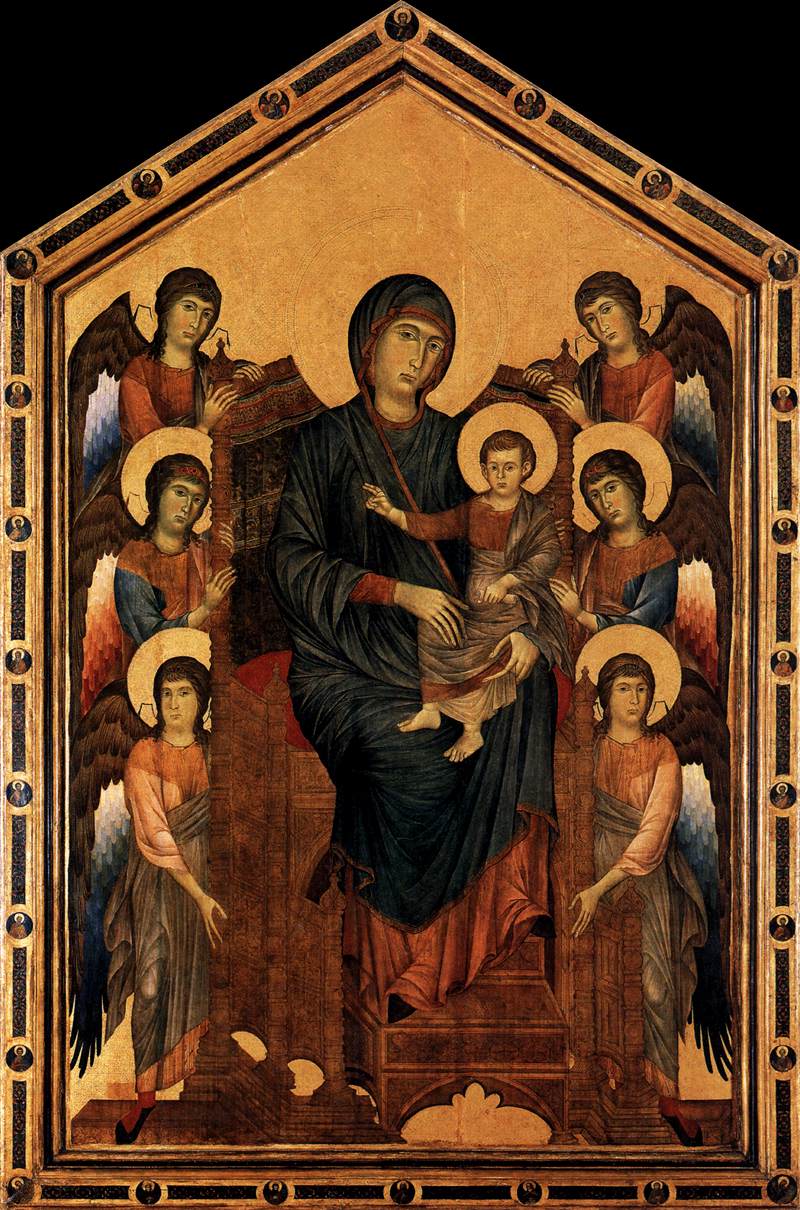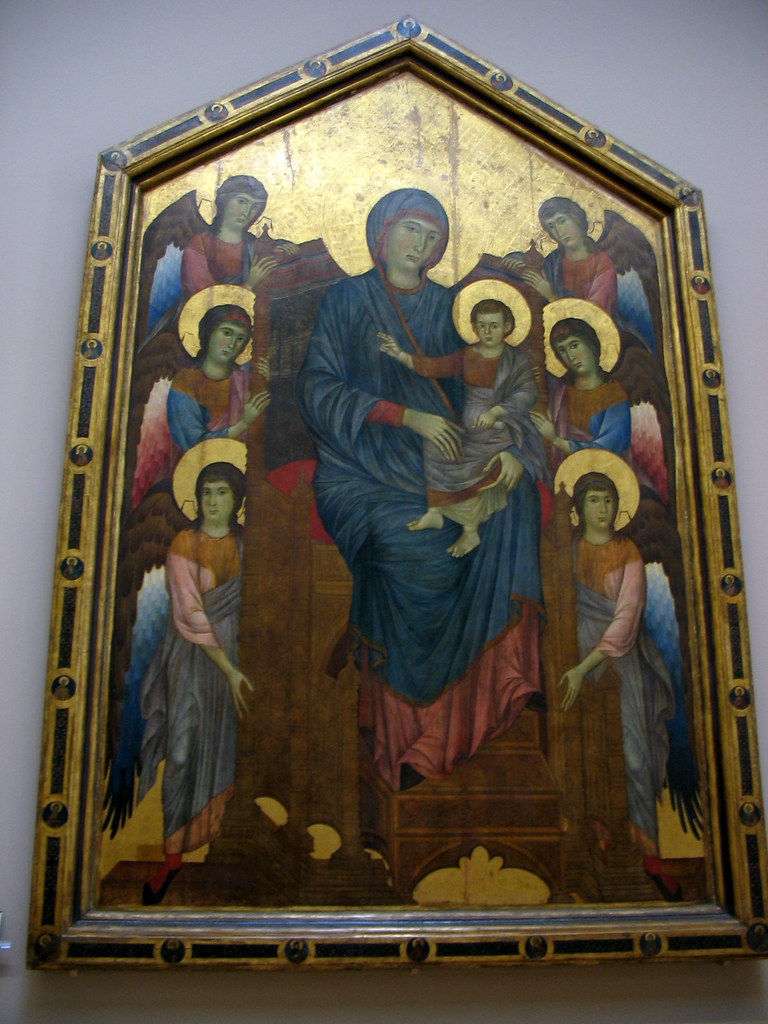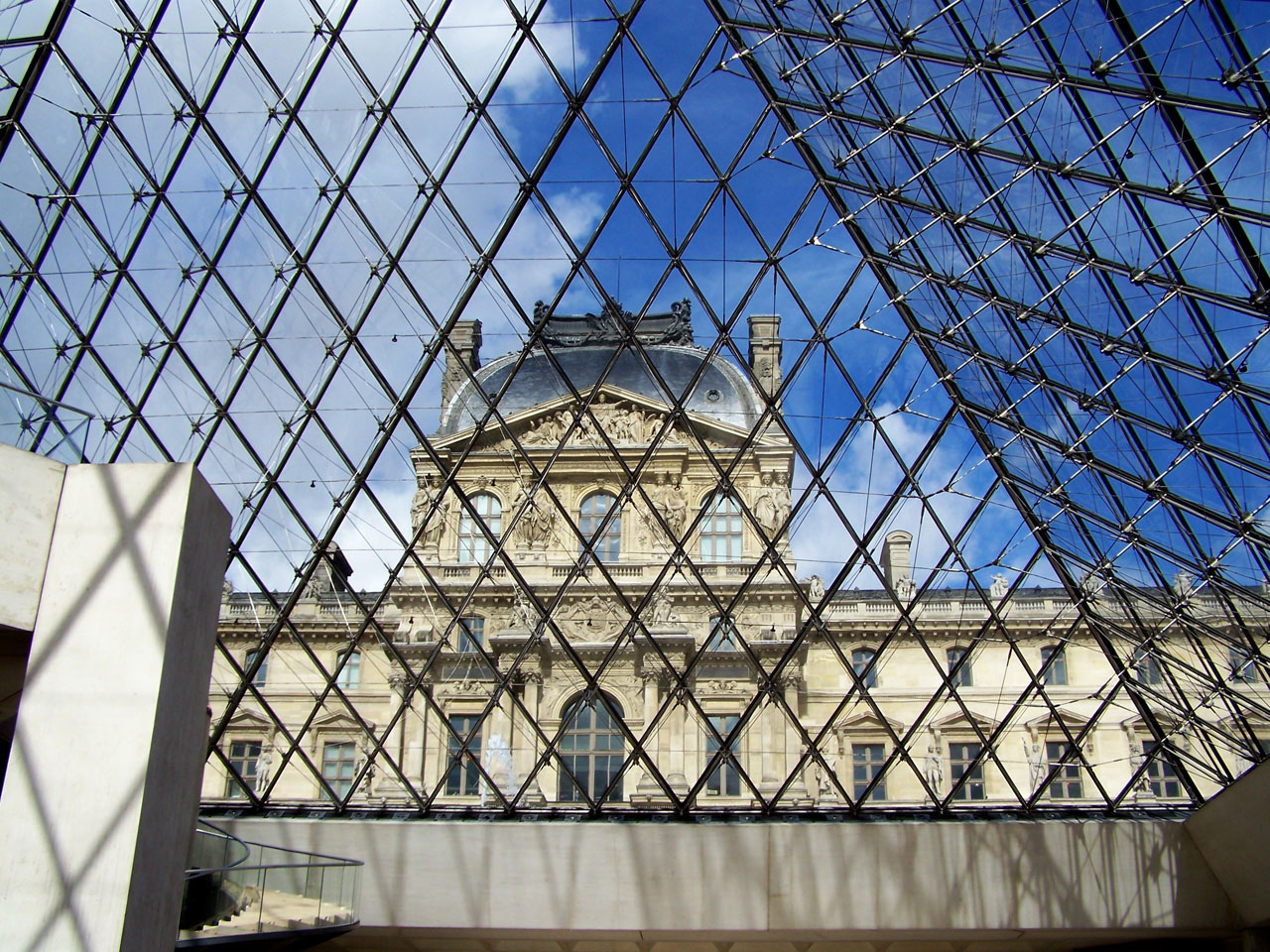
Maestà del Louvre Wikipedia
The iconography of the Maestà - the Child and the Virgin, glorified as queen of heaven, and surrounded by a host of angels - is accentuated by the monumentality of the retable and the sumptuous gold ground.. Crocifisso Tempera su tavola | 390 x 0 cm. Maestà Olio su tela La Maestà del Louvre 1280 | Tempera | 2 x 4 cm. Tweet. Map . Works in.

The Louvre Pyramid Free Stock Photo Public Domain Pictures
La Maestà del Louvre è un'opera a tempera e oro su tavola di Cimabue, databile attorno al 1289 L'opera è conservata al Louvre di Parigi, dove è giunta a seguito delle spoliazioni napoleoniche . Indice 1 Storia 2 Descrizione 3 Stile 3.1 Datazione 4 Opere simili 5 Note 6 Bibliografia 7 Voci correlate 8 Altri progetti 9 Collegamenti esterni Storia

Louvre Abu Dhabi Inauguration TPE
The Amis du Louvre card for young adults. €15-€60. If you are under 30 years old and would like to benefit from one year of free and priority admission to the permanent collections and temporary exhibitions, among other perks, this is the card for you. Become a member alone (€15 for visitors under the age of 26 and €35 for visitors.
Louvre ojdo
99 Rue de Rivoli, 75001 Paris France. Neighborhood: Louvre / Palais-Royal. From the majestic Louvre to the regal Palais-Royal, this neighborhood oozes luxury. The grand arches along Rue de Rivoli are shadowed by mosaics in front of decorated vitrines and hotels.

Cimabue La Maestà del Louvre Gótico Pinterest
The Maestà is a painting by the Italian artist Cimabue, executed around 1280 and housed in the Musée du Louvre in Paris . History It was acquired by the Louvre in 1813 as part of the Napoleonic spoliation of artworks in Italy, together with Giotto 's Saint Francis Receiving the Stigmata, also from the church of San Francesco in Pisa . Description

Cimabue Maestà del Louvre e Madonna di Castelfiorentino (spiegati ai
La Maestà del Louvre è un'opera a tempera e oro su tavola di Cimabue, databile attorno al 1289 L'opera è conservata al Louvre di Parigi, dove è giunta a seguito delle spoliazioni napoleoniche.
FileGDFRParisLouvreSculptures034.JPG Wikipedia
The Uffizi displays in a single room three imposing Maestà (i.e. "Virgin Mary sitting on a throne") painted between the end of the 13th and the beginning of the 14th centuries by three preeminent masters of the time: Duccio, Cimabue and Giotto. For those who enter that room the overview of the three impressive works is striking and moving.

Virgin Enthroned with Angels, 1290 1295 Cimabue
Enter via the Denon Wing to proceed directly to Step 3. Turn left to cross the gallery of preclassical Greece (Rooms 170 and 172), then take the stairs to Level 1. Enter through the Sully wing. After the ticket check, go straight on. When you reach the entrance to the Pavillon de l'Horloge, take the stairs on the right up to Level 1.

Musée du Louvre Cimabue, "Maestà" Musée du Louvre Deno… Flickr
Maestà del Louvre Object type painting / Q3747281 Genre religious art Description Madonna and Child Depicted people Christ Child Virgin Mary Date 1280s date QS:P571,+1280-00-00T00:00:00Z/8 Medium tempera on wood medium QS:P186,Q175166;P186,Q287,P518,Q861259 Dimensions

The Louvre Free Stock Photo Public Domain Pictures
Verso il 1280 Cimabue eseguì la Maestà del Louvre, ritenuta anteriore alla Maestà di Santa Trinita. Il trono è infatti disegnato con un'assonometria intuitiva, non con la pseudo-prospettiva frontale come nell'altra tavola. È simile a quello della Maestà dipinta da Cimabue stesso nella Basilica inferiore di Assisi (databile tra il 1278 e il 1280), con i gradini in primo piano che invece.

La Maestà del Louvre e la Maestà con San Francesco di Cimabue. Due
In this episode of Art History Minute, I'm exploring one of Cimabue's early works.Welcome to Accessible Art History! Here, we provide a space for art lovers,.

Cimabue Maestà del Louvre, dettaglio tempera e oro su tavola 1280
Museo del Louvre. La Maestà del Louvre. DESCRIZIONE: Le cadre est orné de vingt-six médaillons peints figurant le Christ et quatre anges, des prophètes et des saints. Il s'agit d'une création précoce de Cimabue, vers 1280, bien antérieure à la Maestà de Santa Trinita (Florence, Galerie des Offices).

La Maestà del Louvre e la Maestà con San Francesco di Cimabue. Due
La cosiddetta Maestà del Louvre è una pala d'altare eseguita dal grande pittore fiorentino Cimabue (1240-1302 ca.) intorno al 1280 per i francescani della Chiesa di San Francesco a Pisa.

Cimabue, Maestà del Louvre, c. 1280 Historical art, Art periods
From Wikimedia Commons, the free media repository Media in category "Maestà of the Louvre (Cimabue)" The following 14 files are in this category, out of 14 total. Madonna do Louvre - Cimabue.jpg 2,057 × 2,995; 3.63 MB Cimabue - Virgin Enthroned with Angels - WGA04938.jpg 800 × 1,210; 191 KB

Cimabue, Madonna Enthroned with Angels and Prophets, from Santa Trinita
The Virgin of the Rocks (Italian: Vergine delle rocce), sometimes the Madonna of the Rocks, is the name of two paintings by the Italian Renaissance artist Leonardo da Vinci, of the same subject, with a composition which is identical except for several significant details.The version generally considered the prime version, the earlier of the two, is unrestored and hangs in the Louvre in Paris.

t. e oro/ tv. 450×290Uffizi. Da S.M.Novella, dove si trovava nella
American Friends of the Louvre, a 501 (c) (3) tax-exempt corporation, was founded in December 2002 to strengthen ties between the Louvre and its American public.. Conservation of this 13 th-century altarpiece painting of immense proportions, also known as "La Maestà," is being overseen by Thomas Bohl, curator of 13th - 16th Italian.